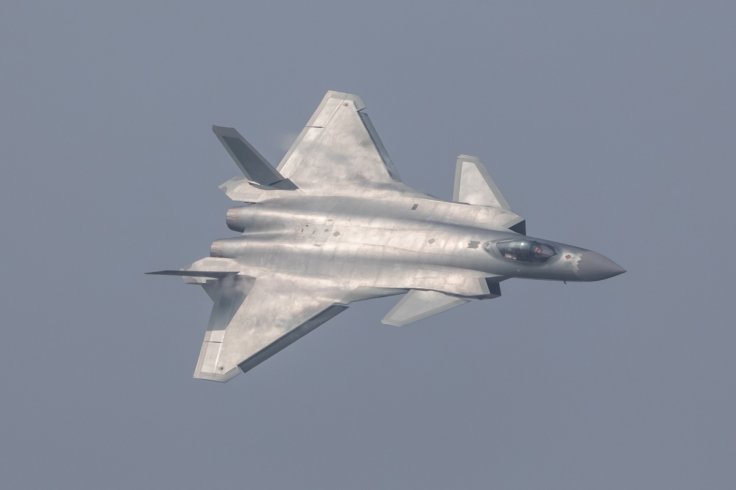US experts believe that China's 'Carrier-Killer' missiles and J-20 fighter jets will give Beijing a decisive edge over the US in the Indo-Pacific.
US and China are always at loggerheads over the South China Sea as well as Indo-pacific. Far East Asia is considered the next global flashpoint. Amid tensions in the South China Sea and over Taiwan, China had earlier issued a warning that the US will be defeated if the two superpowers go to war.
With two superpowers — the #US and #China — flexing their military muscles in the disputed #SouthChinaSea (SCS), this could very well turn into a conventional war – an outcome the world dreads.https://t.co/TRzLG8wNkc
— EurAsian Times (@THEEURASIATIMES) September 5, 2021
US experts say China holds the 'home advantage' in the South China Sea, where physical control over some of the islands in addition to artificial features in the Spratlys and Senkaku (or Diaoyu in Chinese) allows it to defend them more successfully. Moreover, being close to the mainland allows better logistics flow that would support a long war, reported the EurAsian Times.

China's Ultra-Long-Range Weapon Systems Knock Out Enemy Platforms
Based on the concept of "not allowing the enemy to come close to the mainland", China has developed missiles that outrange any of the US weapons in that class.
The YJ-18 and YJ-12 supersonic anti-ship cruise missiles (range 540 km) and the PL-15 beyond visual range air-to-air missile (300 km), outrange the US' subsonic 240-km range Harpoons and the 161-km AIM 190D.
The PL-15, combined with the J-20, experts believe would be used in 'sniping mode' where the aircraft will slip past fighter screens using a combination of stealth and jamming and knock out enemy airborne early warning, transport, and air-to-air refueling aircraft.
This degrades the logistical and surveillance capability of the adversary, instead of facing off its main fighting forces head-on.
Their pride and joy, the DF-21D missile (range 1,500 km) that threaten US aircraft carriers, operate on a similar philosophy. Called the 'carrier killer', the missile is totally unconventional, where it follows a ballistic trajectory like a strategic nuclear missile, leaves the atmosphere, and re-enters it to release a re-entry vehicle that propels down to hit an aircraft carrier.

Does China Have a Strategic Edge?
"We are at a disadvantage with regard to China today in the sense that China has ground-based ballistic missiles that threaten our basing in the Western Pacific and our ships," former US Pacific Command's (PACOM, now INDOPACOM) commander, Admiral Harry Harris, said.
Harris also admitted that the US has "no equivalent" to missiles like the 4,000 km range DF-26 ballistic missile that can strike US bases at Guam.
Former US Marine Corps Officer Robert Haddick and visiting Senior Fellow at the Mitchell Institute for Aerospace Studies tells Reuters that it is a "very big gap", adding "China's anti-ship missile capability exceeds those of the United States in terms of range, speed, and sensor performance."
Experts also warn against merely increasing US force presence in the Western Pacific without securing basing rights with countries to host them, according to the EurAsian Times.
Will the Nuclear Powered-Aircraft Carrier Gerald R Ford of US Make a Difference?
On 8 August, the US Navy announced that its aircraft carrier Gerald R Ford has successfully conducted a third explosive test, marking the completion of the Full Ship Shock Trials (FSSTs).
"The Navy designed the Ford-class carrier using advanced computer modeling methods, testing, and analysis to ensure the ships are hardened to withstand harsh battle conditions," said Capt. Brian Metcalf, manager for the Navy's future aircraft carrier program office.
Former Chinese military instructor Song Zhongping believes that besides collecting data, another reason to announce the successful shock trial of Ford "was to send a message to China and Russia that the US aircraft carriers have super resilience and they are not worried about Chinese or Russian conventional anti-ship weapons".









